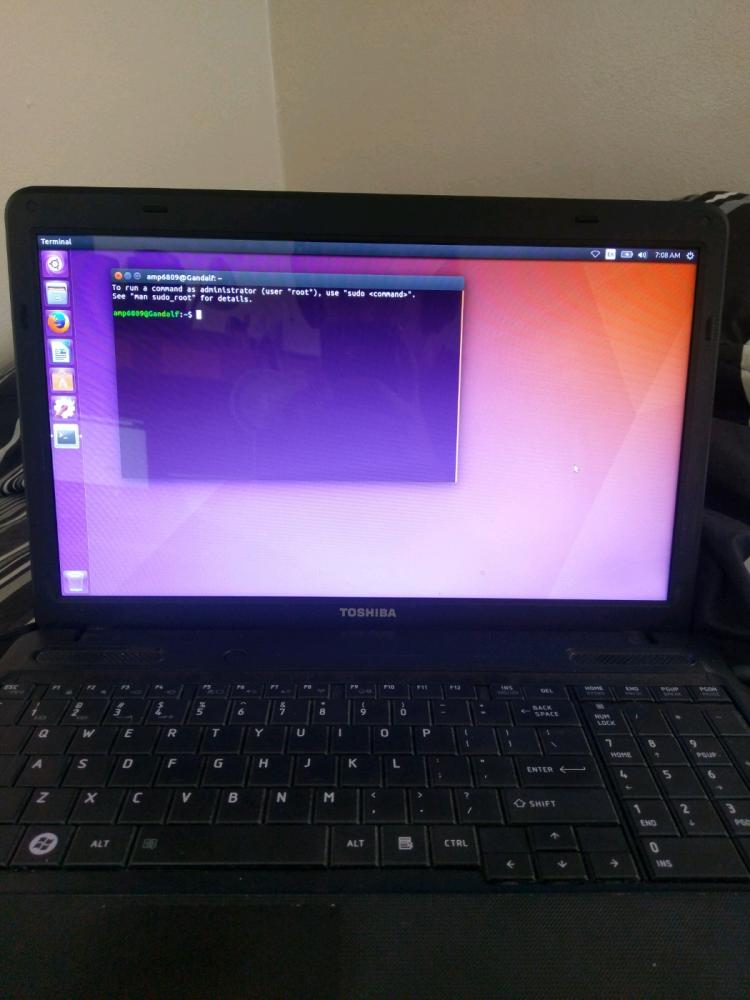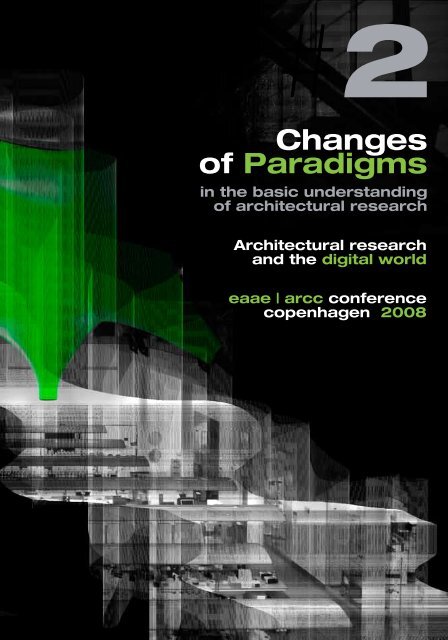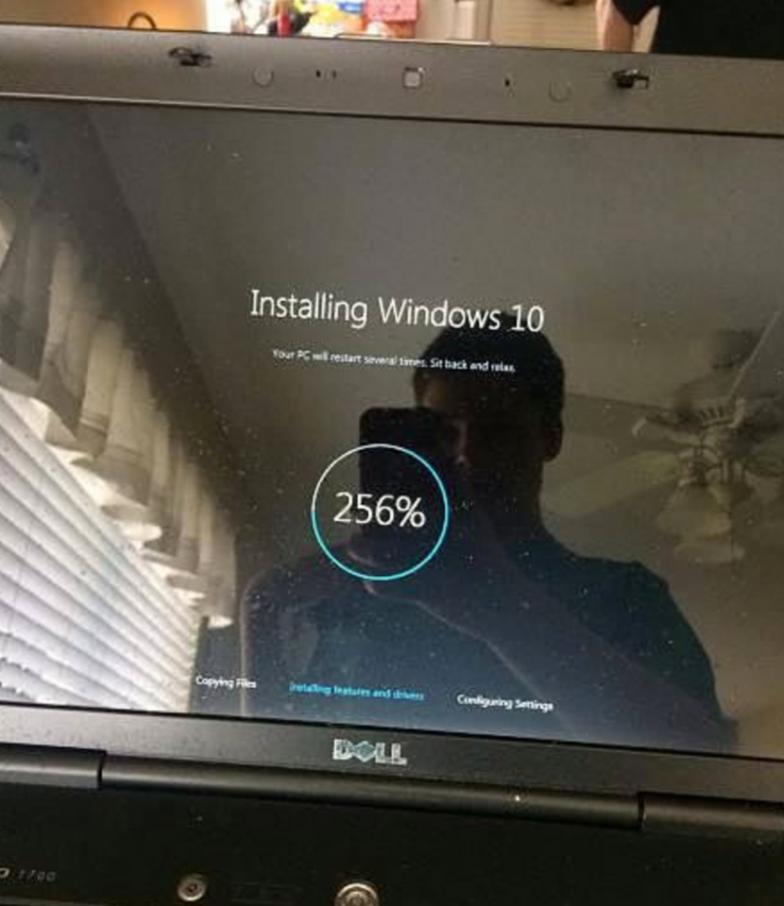- Technology Development Definition
- Florens Technology Development Laptops Sri Lanka
- Florens Technology Development Laptops Reviews
- Technology Development Pdf
Note
Please use the PnPUtil tool instead of DevCon.
DevCon (Devcon.exe), the Device Console, is a command-line tool that displays detailed information about devices on computers running Windows. You can use DevCon to enable, disable, install, configure, and remove devices.
DevCon runs on Microsoft Windows 2000 and later versions of Windows.
Rehabilitative and assistive technology refers to tools, equipment, or products that can help people with disabilities successfully complete activities at school, home, work, and in the community. Disabilities are disorders, diseases, health conditions, or injuries that affect a person’s physical, intellectual, or mental well-being and functioning. Rehabilitative and assistive technologies. Global Nav Open Menu Global Nav Close Menu; Apple; Shopping Bag +.
| Where can I download DevCon? |
|---|
DevCon (Devcon.exe) is included when you install the WDK, Visual Studio, and the Windows SDK for desktop apps. For information about downloading the kits, see Windows Hardware Downloads. Windows Driver Kit (WDK) 8 and Windows Driver Kit (WDK) 8.1 (installation path) %WindowsSdkDir%toolsx64devcon.exe %WindowsSdkDir%toolsx86devcon.exe %WindowsSdkDir%toolsarmdevcon.exe Note The Visual Studio environment variable, %WindowsSdkDir%, represents the path to the Windows kits directory where the kits are installed, for example, C:Program Files (x86)Windows Kits8.1. |

This section includes:
What you can do with DevCon
Windows driver developers and testers can use DevCon to verify that a driver is installed and configured correctly, including the proper INF files, driver stack, driver files, and driver package. You can also use the DevCon commands (enable, disable, install, start, stop, and continue) in scripts to test the driver.
DevCon is a command-line tool that performs device management functions on local computers and remote computers.
Note To run DevCon commands on a remote computer, the Group Policy setting must allow the Plug and Play service to run on the remote computer. On computers that run Windows Vista and Windows 7, the Group Policy disables remote access to the service by default. On computers that run Windows 8 and later operating systems, the remote access is unavailable.
Devcon features include:
Display driver and device info DevCon can display the following properties of drivers and devices on local computers, and remote computers (running Windows XP and earlier):
- Hardware IDs, compatible IDs, and device instance IDs. These identifiers are described in detail in Device Identification Strings.
- The devices in a device setup class
- INF files and device driver files
- Details of driver packages
- Hardware resources
- Device status
- Expected driver stack
- Third-party driver packages in the driver store
Search for devices DevCon can search for devices on a local or remote computer by hardware ID, device instance ID, or device setup class.
Change device settings DevCon can change the status or configuration of Plug and Play (PnP) devices on the local computer in the following ways:
- Enable a device
- Disable a device
- Update drivers (interactive and noninteractive)
- Install a device (create a devnode and install software)
- Remove a device from the device tree and delete its device stack
- Rescan for Plug and Play devices
- Add, delete, and reorder the hardware IDs of root-enumerated devices
- Change the upper and lower filter drivers for a device setup class
- Add and delete third-party driver packages from the driver store
Restart the device or computer DevCon can restart a local device, reboot the local system on demand, or reboot the local system if required for another DevCon operation.
Technology Development Definition
DevCon source code
The DevCon source code is also available so that you can examine the methods that DevCon uses to retrieve and change setup and configuration data. DevCon illustrates the use of general setup functions, device installation functions, and PnP Configuration Manager functions. The source code for the Device Console (DevCon) Tool is available in the Windows driver samples repository on GitHub.
Related topics
Two years ago, I started using the Kindle app on my iPad to read those big heavy biographies and novels that I had been lugging around the world. I still wasn’t using it to read books I might reference in my writing, but nonetheless I was glad to discover, by chance, the underline function. While immersed in Pico Iyer’s The Art of Stillness, underlining as I read, I was completely unnerved when a message popped up to announce: “You are the 123rd user to underline this same passage.”
Shocked by this intrusion, I threw the iPad onto the bed and nearly out the window. A sickening feeling came over me. Then I became afraid. Someone was reading over my shoulder. Not a person, but a Program, calculating what I found most important in the text. Was I supposed to feel validated (or banal) to learn that a passage I noted many others also liked? Or was this data only for some marketing strategy?
The idea of surveillance, in the abstract, has not bothered me as much as it perhaps should. I have acclimated to the notion that everything we do is findable, knowable and marketable—forever—except, I believed, our deepest thoughts, which is why the intrusion on my contemplative reading affected me so profoundly. Reading is my refuge from the world, and now it too had been invaded.
A 2011 article I read recently conjectured that, in the past, we were “private by default and public by effort.” At one time it was difficult to get information about other people and just as difficult to put information about ourselves out into the world. Now, we are public by default and private by effort. But how much exertion does it take to keep a sense of inviolability?

We can be found most anywhere in the world at any time, through our own devices (pun intended). The intrusion is ubiquitous and omnivorous.
Most of us are addicted to these systems of connection. That’s what humans do: we get addicted to the things we create. People expect an answer, and they expect it now. At times the ability to work depends on this immediate access. We have internalized these time/space obligations and don’t know how to step away from them. If we do not make a Herculean effort to remain balanced within this imbalance, we feel fragmented and often unhappy.
What would it mean if the species were to completely lose the need and/or desire for privacy, solitude, time and focused attention? What if we were the last humans to be bothered by intrusions into our privacy? What would it feel like if our species evolved out of the need for an inner life?
Maybe I have become what social media scholar Danah Boyd calls a “techno-fretful parent.” But I have a public self as a university art school dean and a private self as a writer. The writer self has a deep need for solitude, or rather, I have a deep need for solitude, which is probably why I write. My longing for quiet and solitude comes from another urgency—the desire to think. And thinking requires no intrusions, at least for a time.

As political theorist Hannah Arendt noted, thought is essential to understanding our human condition. In order to tell the stories of human experience—inner and outer—writers and artists must have solitude and time to think. As a result of our “always-on” ethos, we have neither time nor space within which to lose ourselves in reflection. There is always something outside the self, robbing the self of the self.
When Thomas Merton, author of The Seven Storey Mountain, was ordained as a Trappist monk in 1949, his decision was unexpected. Not long before, he had been the editor of a student humor magazine. But Merton, who loved the world, was not moving away from it; rather, he was moving toward himself.
Theorist/situationist Guy Debord has labelled modern, external reality, the “spectacle,” describing it as a “social relationship between people that is mediated by images.” For Debord, what is dangerous about this “passive identification” with the spectacle is that it “supplants genuine activity.” Our relationship to reality is inverted, and the projection of the self, and the addiction to this projection, becomes more real and significant than human interaction, which has the potential to bring about societal change. What could better describe our contemporary situation than to say that the public sphere is no longer a place for collective action, but rather a dangerously redesigned network whose main function is to publicize the self?
Florens Technology Development Laptops Sri Lanka
Perhaps we are over-adapted to being watched, to having little left of ourselves that is not “posted,” “liked,” or “deleted.” At what point will our humanness, as we have known it, become unrecognizable to us? Or has that already occurred?
Sign up for Inside TIME. Be the first to see the new cover of TIME and get our most compelling stories delivered straight to your inbox.
Thank you!
For your security, we've sent a confirmation email to the address you entered. Click the link to confirm your subscription and begin receiving our newsletters. If you don't get the confirmation within 10 minutes, please check your spam folder.Florens Technology Development Laptops Reviews
Technology Development Pdf
EDIT POST